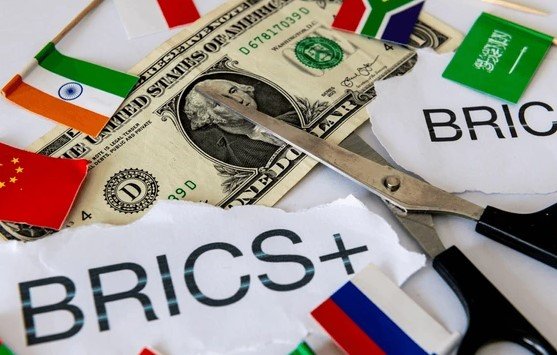The Indian Rupee Faces Intense Pressure
The Indian rupee has been under significant pressure recently, mainly due to the strengthening of the U.S. dollar. This pressure reached its peak in early January 2025, when the rupee hit an all-time low of 85.96 against the dollar. The rise of the U.S. dollar is seen as a major threat to India’s economy, particularly in the context of its imports and exports.
As the rupee weakens, the cost of imports rises, causing inflationary pressures. With India being one of the world’s largest importers of goods, a high cost of imports can significantly affect the country’s overall economic stability. On the flip side, the country’s export sector also suffers as Indian goods become more expensive in global markets, reducing their competitiveness.

The RBI’s Response: Selling U.S. Dollars
In response to the falling rupee, the Reserve Bank of India (RBI) has directed state-run banks to offload millions of dollars from their reserves. This move aims to inject liquidity into the market and stabilize the rupee, although it has stirred concerns about the long-term sustainability of such measures.
The RBI’s intervention is not new. The central bank has been accused in the past of dumping U.S. dollars to prevent further depreciation of the rupee. This practice is often viewed as a temporary fix, but given the gravity of the current situation, the RBI’s actions are expected to continue.
- RBI’s Actions:
- State-run banks were seen offloading U.S. dollars on behalf of the RBI.
- The central bank’s goal is to reduce the rupee’s decline and manage inflationary pressures.
One currency trader, speaking anonymously, stated that the RBI is “likely keeping a check on any sharp declines” in the rupee, which highlights the central bank’s active role in curbing volatility in the currency markets.
The Global Dollar Rally and Its Impact on India
The recent strength of the U.S. dollar has been partially attributed to global events, including the re-election of former U.S. President Donald Trump, which triggered a rally in the dollar. The U.S. Dollar Index (DXY) reached a high of 109.08, further exacerbating the pressure on emerging market currencies like the rupee.
For BRICS countries like India, the rise of the U.S. dollar poses a significant challenge. Many of these countries, which have historically been more reliant on local currencies for trade within their own economic bloc, are now grappling with the negative impact of a stronger dollar on their economies. This includes rising inflation, the depreciation of local currencies, and the subsequent strain on international trade.
The BRICS Currency Dilemma
India’s current actions, aimed at propping up the rupee, have once again sparked discussions about the possibility of creating a BRICS currency to challenge the dominance of the U.S. dollar. While India has rejected the idea of a BRICS currency in the past, the ongoing struggles with the U.S. dollar may push the country to reconsider its stance in the future.
However, despite the challenges faced by the rupee, there is still a strong sentiment within India to maintain some degree of economic independence from the U.S. dollar. This is especially true as the country continues to see increased trade with other BRICS members and non-aligned countries.
As India weighs its options, the debate over the dominance of the U.S. dollar in international trade and finance is likely to intensify. Could the rupee continue to face downward pressure, or will India’s approach to its currency market prove effective in the long term?
